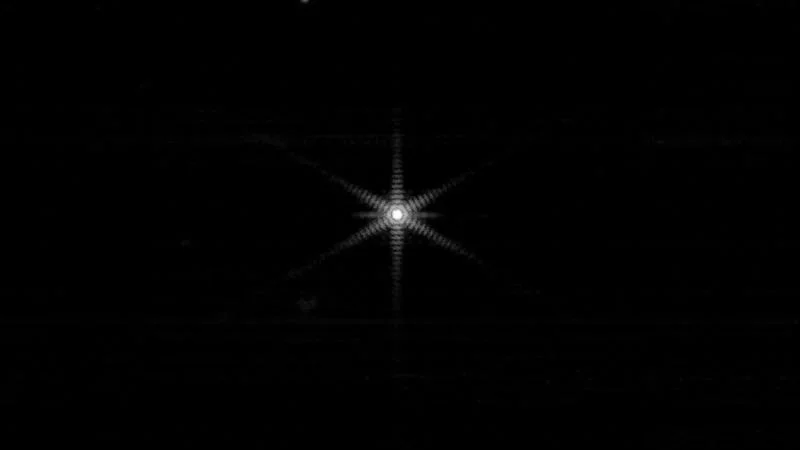Friday, NASA announced that they had achieved a new success in its alignment process of the new James Webspace Telescope. The method of Webspace telescope started on Jan 28, 2022. The mirrors saw their first light on Feb 4, 2022, and took a selfie on Feb 11, 2022. NASA’s team is working furiously to get the telescope ready. NASA’s ultimate goal is to match all the mirrors to a 50-nanometer ratio.

On Feb 18, 2022, NASA finally revealed to the world that the mirrors aligned enough to create 18 dots of light collected by each of the 18 mirrors.
After that, the next step was to focus the 18 lights on viewing one star; by making the images stack on one another. The image stacking alignment process was done on Feb 25, 2022. According to gizmodo.com, Webb Telescope is now a single point of light(HD 84406).

As per NASA’s blog, Webb is on its way to becoming an observatory for space research and observation of the universe. One official said, ” We still have work to do, but we are increasingly pleased with the result we are seeing.”
Through the image stacking alignment process, they can put all the lights together in Nic camera, but all 18 mirrors still work individually rather than like a giant telescope.
After this phase, NASA has started a new phase called ” Coarse.” During the fase the team will focus on Miriam. It will capture light spectra from 18 different mirrors. Through this, the team will try to correct their placement vertically. This process is for identifying and correcting the high differences between mirror alignments. This will make the image of starlight more sharp and clear.
According to NASA, the Webb team is making progress very progressively as they have also included the NIRISS filter for Miriam. Webb’s goal is to detect the earliest galaxy in the universe. The team has admitted achieving this kind of goal, Webb has to plan correctly and create a moral theory to investigate.
L.Y Aaron Young, a postdoctoral of NASA’S Goddard Space Filter, says:
” Webb will detect, for the first time in human history, galaxy populations foaming shortly after the big bang, and theory is paving the way for the search. In turn, Webb’s observation will refine our understanding of galaxies and the history of our universe.”
The team is working very hard to create the telescope very hard. Their successful image of starlight is working as fuel for them. They are using the other instruments in the lab to maintain the high accuracy of the telescope.
However, we can say that NASA is very excited about Webb’s telescope capacity, and we can hope to get more impressive results from Webb in the next few months.
For more updates, visit geeksultd.


